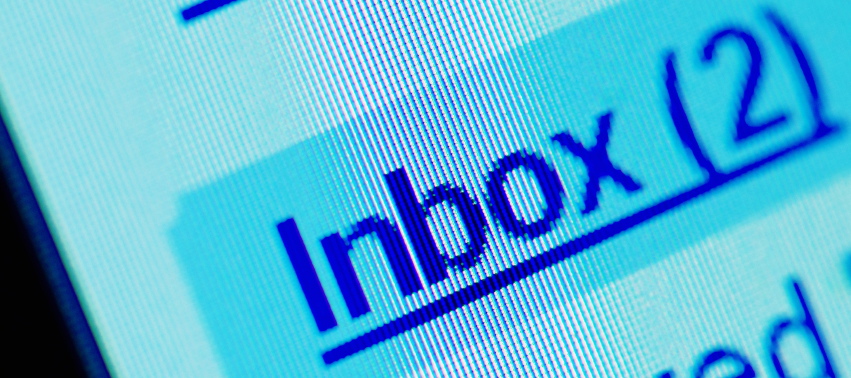
How do the best managers take control of their email inbox?
Taming the Inbox Beast
Many people think they have to tend to every message they receive, and they want advice on how to do everything more efficiently. There are even courses that teach people how to manage email traffic. These courses tend to focus on how to do everything more efficiently. In my experience, the real solution to this problem is, instead, to reduce he number of email messages to those that matter. This starts with thinking critically about what your job is and what support you provide for others. Based on this, decide which emails are relevant to you or not, and which emails need to be read and responded to – or not.
Help narrow this down by asking yourself the following two key questions. Then focus in on the content that can help you do this priority work:
- What is your work? What are the things that you are accountable for delivering? This includes work that you have been asked to do by your manager (“direct output”), whether explicitly as objectives or as part of your job description.
- What support do you provide to others? This includes the information and people that you need to help you to do your work, and work that you need to do to help other departments or individuals in the organization (a cross-functional relationship).
Easier said than done? Definitely!
So what is the solution?
Focusing on what is important to your work, and not misusing the CC function will help to keep your inbox under control. However, the overflowing inbox is really a symptom of a larger problem: an unclear accountability and authority framework.
When sending emails, people often don’t know who is accountable for making decisions on a particular issue, so they try to cover all the bases. Rather than decide, they consult. Rather than inform, they question. Rather than instruct the few key individuals, they CC everyone. The decision-making and information sharing approach becomes like using a roller to paint a picture. It may cover the entire area quickly, but what is really needed is the focused precision of an artist’s brush.
The accountability for this ultimately lies with the CEO, who needs to ensure that employees focus in on those things that add value and for which they are accountable. To accomplish this, an accountability and authority framework needs to be in place, and used consistently throughout the organization. This is the most critical and long-term solution to the overflowing email inbox dilemma. If you are the CEO, time spent on this important area will have a huge payoff in reduced frustration and enhanced efficiency.
If you aren’t the CEO? Follow the advice in this article, and lead by example. Ask your co-workers to do the same. Forward them a copy of this article. This will take some up-front effort, but it will help to keep the non-relevant email traffic out of your inbox, so you will have more time to focus on your value-added work.






